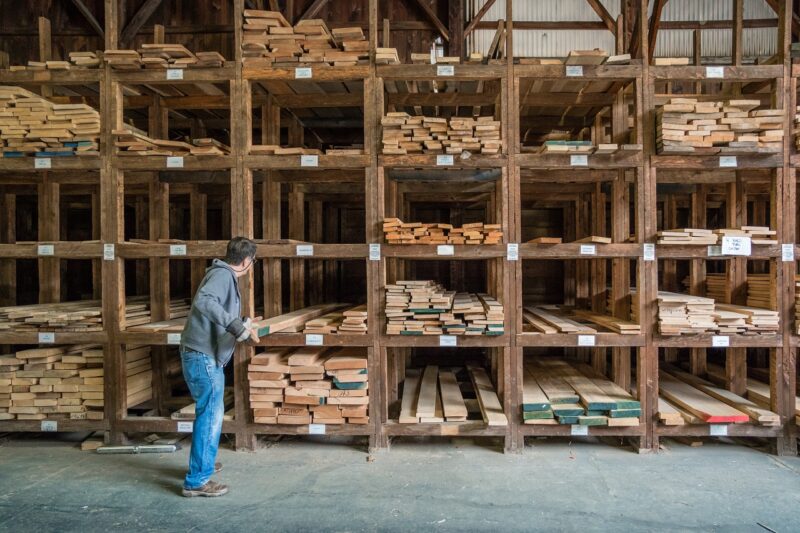Published: 18/12/23 By: Mike Bekin
When it comes to cladding for your home or building project, you have three overarching types of timber to choose from; softwood, hardwood and modified wood. Once you have worked out which of these is right for your project, you can start taking a closer look at individual timbers. But first, what do you need to know? To make an informed decision, the EcoChoice team has put together a quick and easy-to-understand guide to softwoods, hardwoods and modified woods.
What is Softwood Timber Cladding?
Softwood refers to wood obtained from gymnosperm trees, such as Pine, Cedar and Spruce. The trees tend to grow more quickly than hardwood trees and the timber has a lower density. As a rule of thumb, softwood timber does tend to be slightly weaker than hardwood, though this is not the case across the board.
Why Choose Softwoods For Your Cladding?
There are a few reasons why softwoods are used for cladding. Note that they are usually treated to enhance durability for exterior purposes, though some softwoods are tough enough to withstand the elements without any extra help.
A big perk for budget projects is that softwoods are usually more affordable than hardwoods and modified woods. It is also often easier to cut, shape and install, making it a favourite for those who are not experienced with woodworking.
Softwoods do require more regular maintenance, including sealing, staining or painting, to keep them looking smart year after year.
What is Hardwood Cladding?
Hardwood cladding consists of timber sourced from deciduous trees such as Oak, Teak and Mahogany. These are slow-growing, dense trees which provide tough timber boards for your cladding project.
Are Hardwoods Better For Cladding?
Hardwood cladding is prized for its exceptional durability, resistance to decay and general longevity (though, as with softwoods, it is best to check the timber species itself to find out more about durability).
Because it tends to be tougher, it needs less maintenance to maintain its aesthetic appeal and structural integrity, even for exterior uses. A lot of hardwood species are stronger than softwood (again, this is not 100% the case so it is always best to check) though they do also tend to be a little pricier.
What is Modified Timber?
Modified timber refers to wood which has essentially been processed to enhance existing characteristics. Examples we supply at EcoChoice include ThermoWood, a process which takes timber boards and applies heat to improve durability and strength, and OrganoWood, which coats the timber in a natural compound to enhance resistance to decay.
Why Use Modified Timber Cladding?
Because of the treatment process, you can be sure that your modified timber cladding boards are super durable. Rather than trawling through all the different timber species to find your perfect fit, modified timber is a great go-to choice for cladding which needs good resistance to insects, fungal infestation and moisture.
Many modified wood products are sourced from sustainable forests, use eco-friendly treatments or are made from reclaimed wood, making them an environmentally friendly option. They also have improved dimensional stability, reducing the risk of warping, shrinking or swelling. With minimal maintenance and a natural appearance, they are a smart choice for your cladding.
Ask Our Advice
At EcoChoice, our timber experts are always happy to help you make the right choice for your cladding. Whether you want to know more about modified woods or find a species of budget-friendly softwood which will still suit your cladding project, we are the team to ask! Get in touch with us today and let’s get the ball rolling.
Image: Heidi Besen / Shutterstock.com
Tags: Cladding, Hardwood, modified wood, Softwood
Categories: Insights
